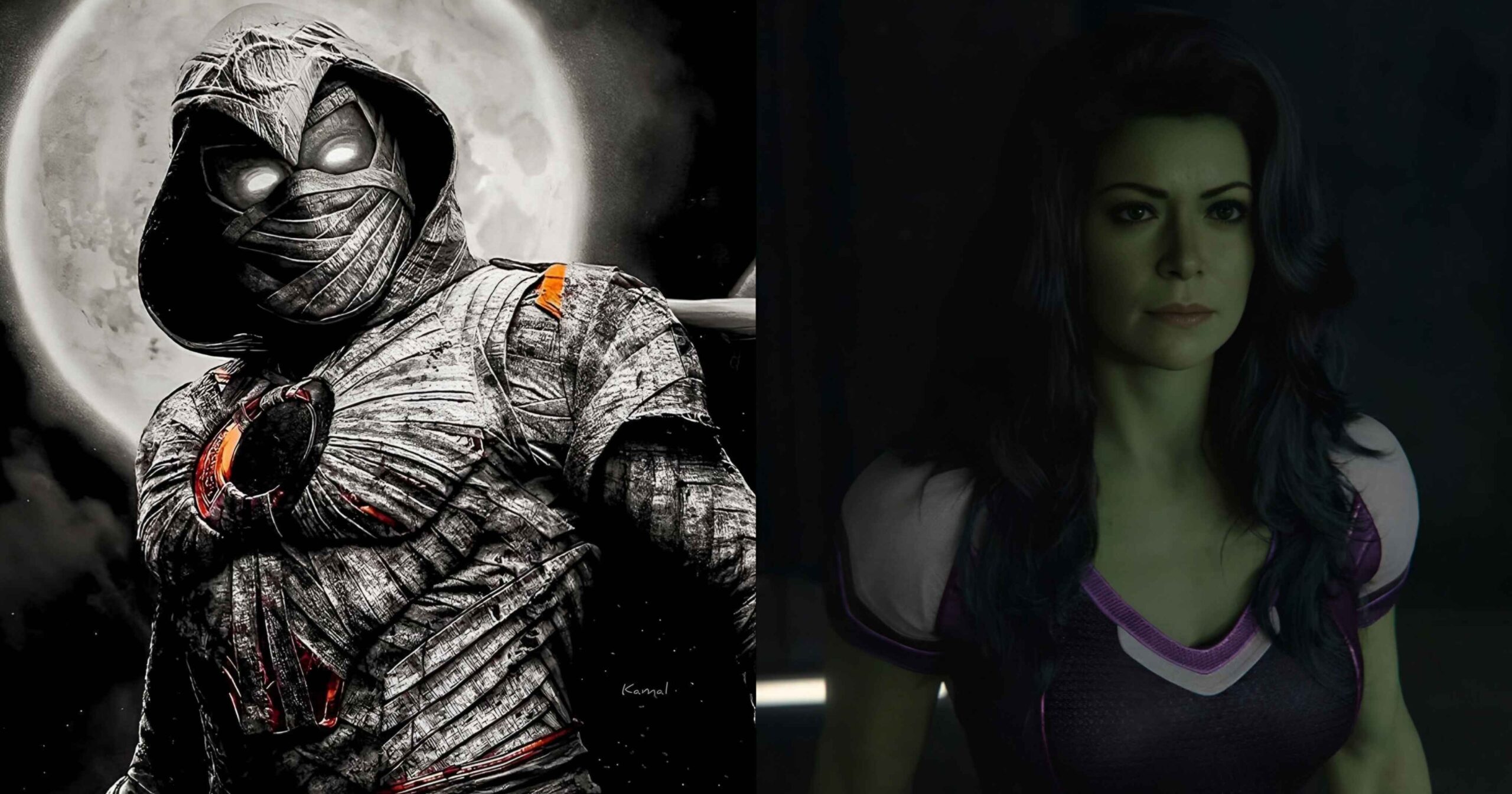Marvel Studios is transforming its television approach, moving away from limited series to sustainable multi-season Marvel Animated Shows. Brad Winderbaum, Marvel’s Head of Streaming, Television, and Animation, revealed that the studio now prioritizes projects that can run for multiple seasons. As a result, Marvel is shifting away from one-off crossovers.
In the past, Marvel’s TV strategy focused on limited series that tied directly into the films. Consequently, this approach prevented fan-favorite characters like She-Hulk and Moon Knight from enjoying multi-season arcs in Marvel Animated Shows. For example, Winderbaum explained:
“We launched a lot of shows in a short period of time, and I think many of them could have had a second season, a third season, but the system wasn’t really set up that way.”
This shift reflects Marvel’s more thoughtful and strategic approach. The studio fully develops only the strongest projects, ensuring they deliver creative quality and long-term sustainability.
Current and Upcoming Marvel Animated Shows
The new strategy places a stronger emphasis on developing projects that can thrive over time. Among the current initiatives:
- Lower-budget annual series like Daredevil: Born Again, with Season 2 expected in March 2026
- Animated successes such as X-Men ’97 and Your Friendly Neighborhood Spider-Man, which have resonated with audiences
- Epic events like Marvel Zombies, with the potential for additional seasons due to its strong fan response
- Projects like Nova and Strange Academy, which are currently on hold but could return in the future
Winderbaum added:
“We’re like a normal studio developing more than we make and only putting forward what we think is the best stuff and stuff that can sustain for multiple seasons.”
This careful development process allows Marvel to focus on the strongest projects. These are the ones that can be sustainable over multiple seasons. Lower-priority projects may be revisited later if they are not immediately greenlit. By emphasizing multi-season potential, Marvel ensures that these Marvel TV Animated Shows can expand character arcs, explore complex storylines, and engage audiences more effectively over time.
Future Outlook for Moon Knight & She-Hulk
Fans have long wondered whether Moon Knight and She-Hulk could return in future seasons. Winderbaum suggested that Marvel is exploring opportunities for characters to continue in animated or live-action formats. The focus is on long-term development rather than immediate production.
He explained:
“There are characters on the live action side I would love to explore in future shows.”
Additionally, Winderbaum emphasized that projects not immediately greenlit might be revisited later:
“We’re like a normal studio developing more than we make and only putting forward what we think is the best stuff and stuff that can sustain for multiple seasons.”
With this approach, Marvel can give fan-favorite characters like Moon Knight and She-Hulk expanded storylines in Marvel TV Animated Shows. Writers can explore new adventures, develop character growth, and create crossover potential without limiting the story to a single season.
The recent success of Marvel TV Animated Shows has significantly increased fan demand for multi-season runs. For example, shows like X-Men ’97 and Spider-Man have proven that animated series can attract large audiences, maintain consistent quality, and offer creative storytelling freedom. Moreover, by building on these successes, Marvel aims to ensure that future series—including Moon Knight and She-Hulk—can deliver engaging content that resonates with fans. At the same time, the studio is focused on maintaining sustainability over multiple seasons.
Stay tuned for the latest updates on MCU’s upcoming projects, and subscribe to Marvel Updates’ YouTube channel.



